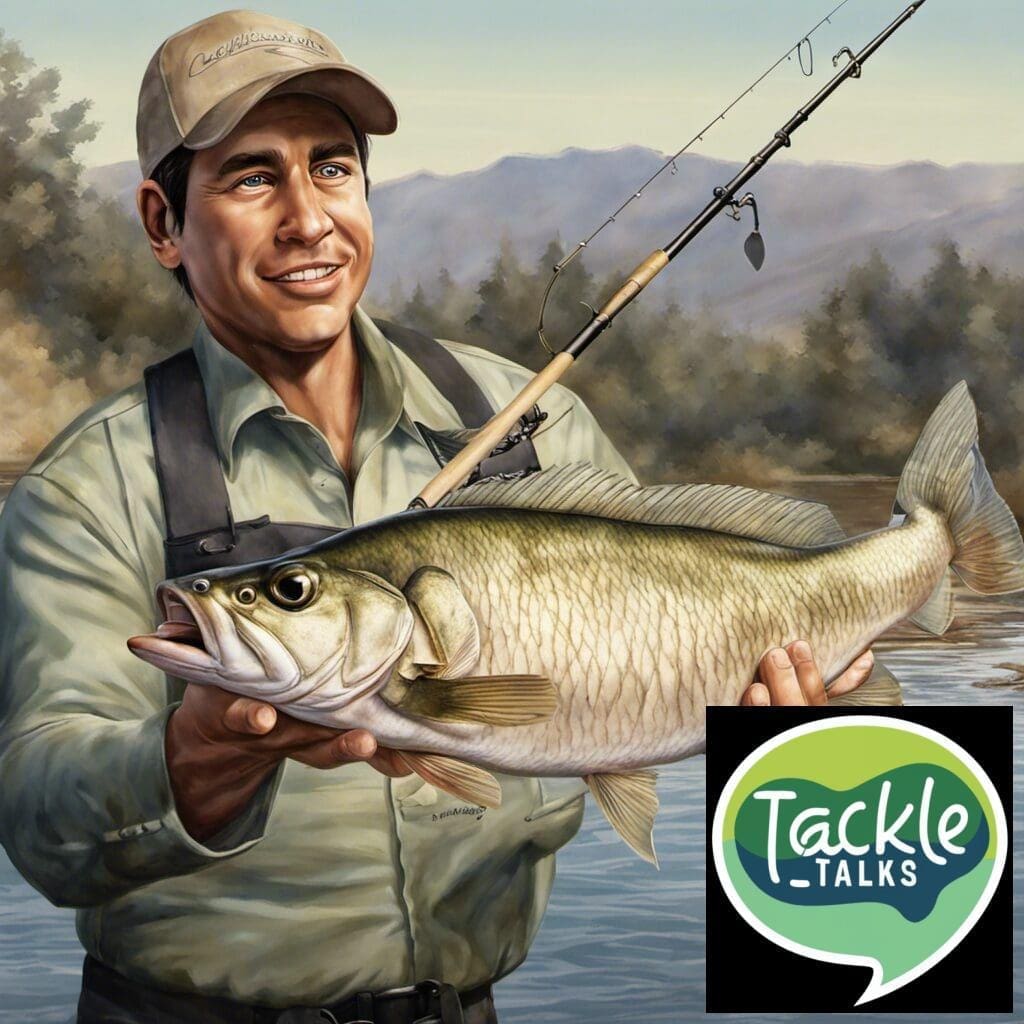Introduction
The California Kingcroaker, also known as Menticirrhus undulatus, belongs to the Sciaenidae family. This species, often found along the western coast of the United States and Mexico, is a sought-after catch among anglers.
Conservation Status
The California Kingcroaker is not currently listed as a threatened or endangered species. Efforts to conserve the species are largely focused on maintaining healthy marine ecosystems they inhabit, which include policies on commercial fishing and protection of coastal habitats.
Statistics
| Attribute | Average | Range |
|---|---|---|
| Length | 14 inches | 10 – 18 inches |
| Weight | 1.5 pounds | 1 – 2 pounds |
| Average Lifespan | 4 – 6 years |
Distribution
California Kingcroakers are predominantly found along the western coasts of United States and Mexico. They don’t display any significant migration patterns and usually stay within their native geographical range.
Habitats
The California Kingcroaker can be found in both salt and brackish waters. Generally, they prefer shallow coastal waters and are found at depths ranging from 3 to 30 meters. These fish tolerate a wide range of temperatures.
When and Where to See
Exhibiting a year-round presence, the California Kingcroaker is more frequently spotted during the dawn and dusk hours.
Best Fishing Locations
There’s a numerous popular spots to find California Kingcroaker, including the following coastal areas:
- San Francisco Bay, California
- Monterey Bay, California
- Santa Monica, California
- Gulf of California, Mexico
- San Pedro Bay, California
The key to finding a good fishing spot is to look for shallow sandy or muddy bottoms near shorelines.
How to Catch
Popular baits for catching California Kingcroaker include shrimp, squid, or cut fish. Two popular techniques are surf fishing and bottom fishing. Early morning and late evening are considered the best times for fishing this species.
Identification Guide
California Kingcroakers have elongated bodies with a silver-grey color on top and a lighter belly. They can be distinguished by the distinct wavy, horizontal lines on their body.
Culinary Profile
Kingcroakers have a mild and subtly sweet flavor with a medium texture. Grilling and frying are the most common cooking methods.
Additional Information
Feeding mainly on small fishes, crustaceans, and marine worms, California Kingcroakers are important members of the marine food web. The species face natural predators including larger fish and marine birds. The most significant human-induced threats come from overfishing and habitat degradation.
As for their cultural significance, the California Kingcroaker has been a part of coastal community fishing practices for centuries and has featured in various traditional fish recipes.
References and Further Reading
- AnimalBase – Menticirrhus undulatus
- WoRMS - Menticirrhus undulatus
- FishBase – Menticirrhus undulatus

